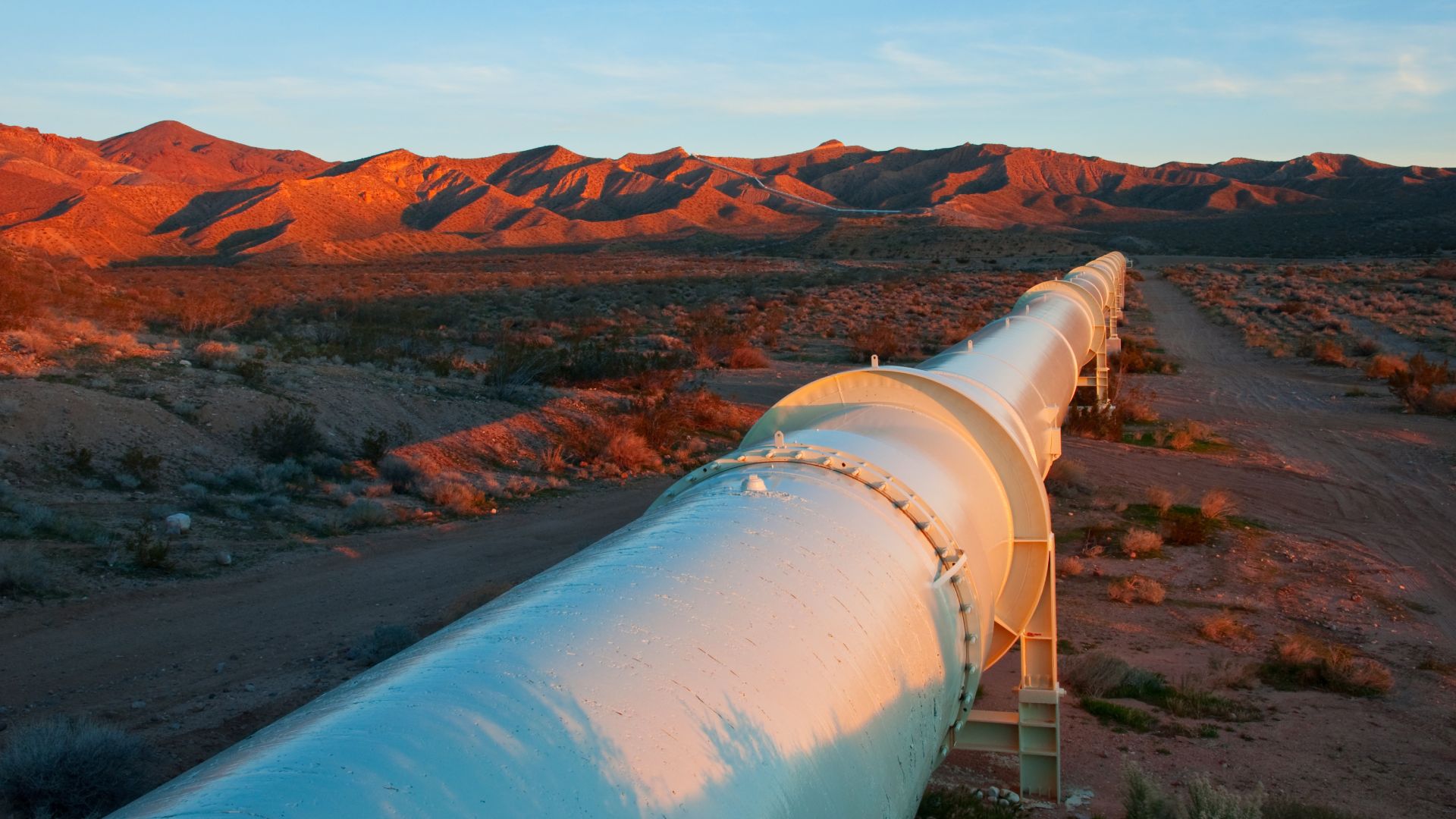What Are the Different Threats Pipelines Face?

Pipelines are the backbone of several industries, transporting essential resources like oil, gas, and water across vast distances. They contribute significantly to economies by guaranteeing that energy and other resources reach those who need them most.
The frequency and severity of threats to these vital infrastructures are rising. Understanding these dangers can help us protect pipelines and the industries they support. So, what are the different threats pipelines face? Let’s explore them.
Natural Threats to Pipelines
Environmental hazards pose significant threats to pipelines. Landslides, earthquakes, and flooding are just a few examples of nature’s power that can cause pipeline failures. These natural events can lead to leaks, endangering the environment and human health.
- Landslides can exert pressure on pipelines, causing cracks and breaks.
- Earthquakes can shift the ground, compromising the integrity of even the strongest pipeline systems.
- Flooding can erode the soil around pipelines, leading to destabilization.
- Pipeline corrosion makes pipes less strong and shortens their lifespan.
The industry employs several measures to mitigate these risks. Engineers strategically place pipelines away from high-risk areas whenever possible. They also reinforce pipelines with materials designed to withstand environmental stresses. Operators can use corrosion-resistant coating to protect the pipeline from the different types of corrosion. Monitoring systems continuously track environmental changes to provide early warnings, allowing for quick responses to potential threats.
Man-Made Threats to Pipelines
Human activities also contribute to pipeline vulnerabilities. Construction errors can occur during installation, affecting pipeline durability. Third-party damage may happen when unauthorized personnel accidentally disturb pipelines during excavation activities. Vandalism, sadly, is another human-induced threat that we can’t ignore. These factors can cause significant disruptions, leading to costly repairs and potential environmental harm.
Thanks to technological advancements, the industry has developed sophisticated monitoring and security systems. These technologies detect potential issues before they become problematic. Sensors can identify pressure changes or leaks, while cameras and security personnel safeguard against human interference. With these tools, the industry works diligently to minimize the risks posed by human activity.
Cybersecurity Threats to Pipelines
In our increasingly connected world, cybersecurity threats loom large for pipelines. Cyber attacks on critical infrastructure represent a growing concern, with potential vulnerabilities threatening operations and public safety. Hackers can target digital control systems, disrupting the flow of resources and causing extensive damage.
Strong cybersecurity measures are essential to counter these threats. Pipelines need comprehensive security protocols to protect sensitive data and prevent unauthorized access. The industry invests in advanced technologies to secure digital infrastructure, including encryption and network monitoring. Employees receive training to recognize potential cyber threats and respond effectively. By prioritizing cybersecurity, we can ensure the continued safe operation of pipelines.
Pipelines face a variety of threats, both natural and artificial. Understanding these threats can help our economy strengthen and grow.






